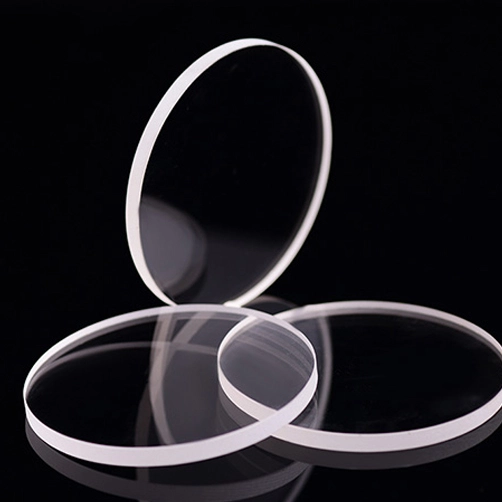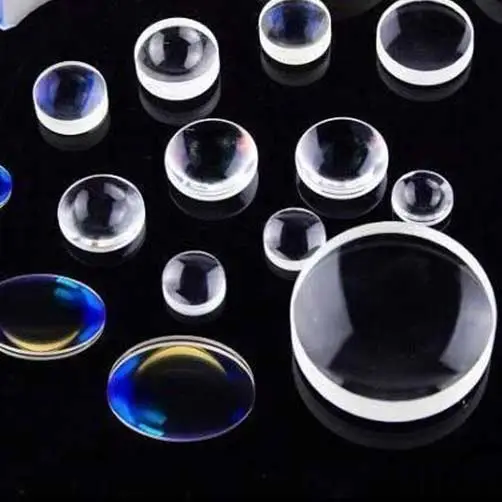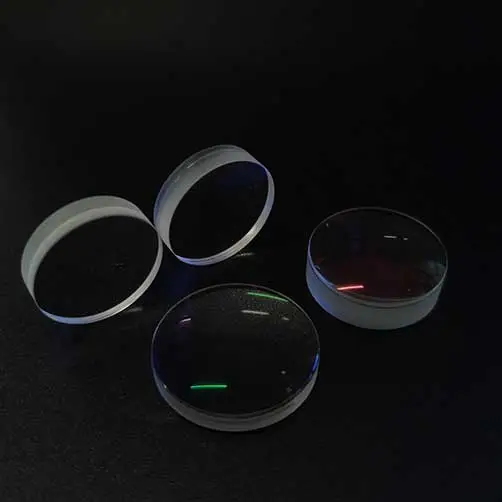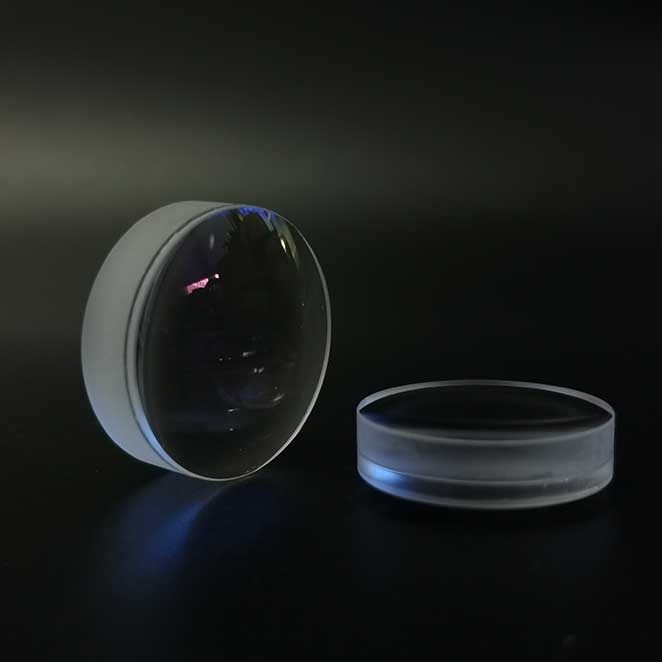
The knowledge points of optical interference coatings are mainly:
Optical interference coatings, composed of multiple layers of dielectric materials, have the characteristics of high reflectivity and low loss, and are one of the key technologies for high-efficiency optical surface functions.
Reflectivity: The reflectivity of optical interference coatings depends largely on the thickness of each layer in the interlayer structure, the refractive index and reflectivity of the material, and the number between them.
Refractive index: The refractive index of optical interference coatings may be affected by the coating thickness and refractive index within certain wavelength ranges.
Diffraction performance: The diffraction performance of optical interference coatings depends on the thickness of each layer in the interlayer structure, the refractive index and reflectivity of the material, and the number between them.
Longitudinal polarization: Optical interference coatings will affect longitudinally polarized light, which depends on the thickness of the coating, the refractive index and reflectivity of the material, and the number between them.
Dispersion: Optical interference coatings will affect dispersion, which is related to the coating thickness, the refractive index and reflectivity of the material, and the number between them.
Heat resistance: The heat resistance of optical interference coatings mainly depends on the thickness of the coating and the thermal stability of the material.
Corrosion resistance: The corrosion resistance of optical interference coatings depends on the thickness of the coating and the corrosion resistance of the material.
Optical interference coatings are composed of multiple layers of dielectric materials, each with different optical parameters such as refractive index, absorption, and reflectivity. By different interlayer structures, the surface can have specific optical properties.
The coating materials of optical interference coatings can be metals, metal oxides, tungsten, titanium, aluminum, and semiconductors such as silicon and germanium. The thickness of reflective coatings is usually between a few nanometers and tens of nanometers, and their thickness is related to the reflectivity of the coating material. The higher the reflectivity, the thicker the coating, and vice versa. Polarizing coatings can be composed of metal or non-metal materials, and their thickness is generally between several hundred nanometers and several micrometers. Their thickness is related to the refractive index of the coating material. The larger the refractive index, the thicker the coating, and vice versa.
Optical interference coatings can use multiple materials such as metals, glasses, and polymers. Different materials can be selected according to application requirements to achieve higher optical efficiency.
The preparation of optical interference coatings generally uses chemical vapor deposition (CVD), physical vapor deposition (PVD), laser evaporation (LEV) and other processes, which can achieve precise control and effectively improve surface function.



